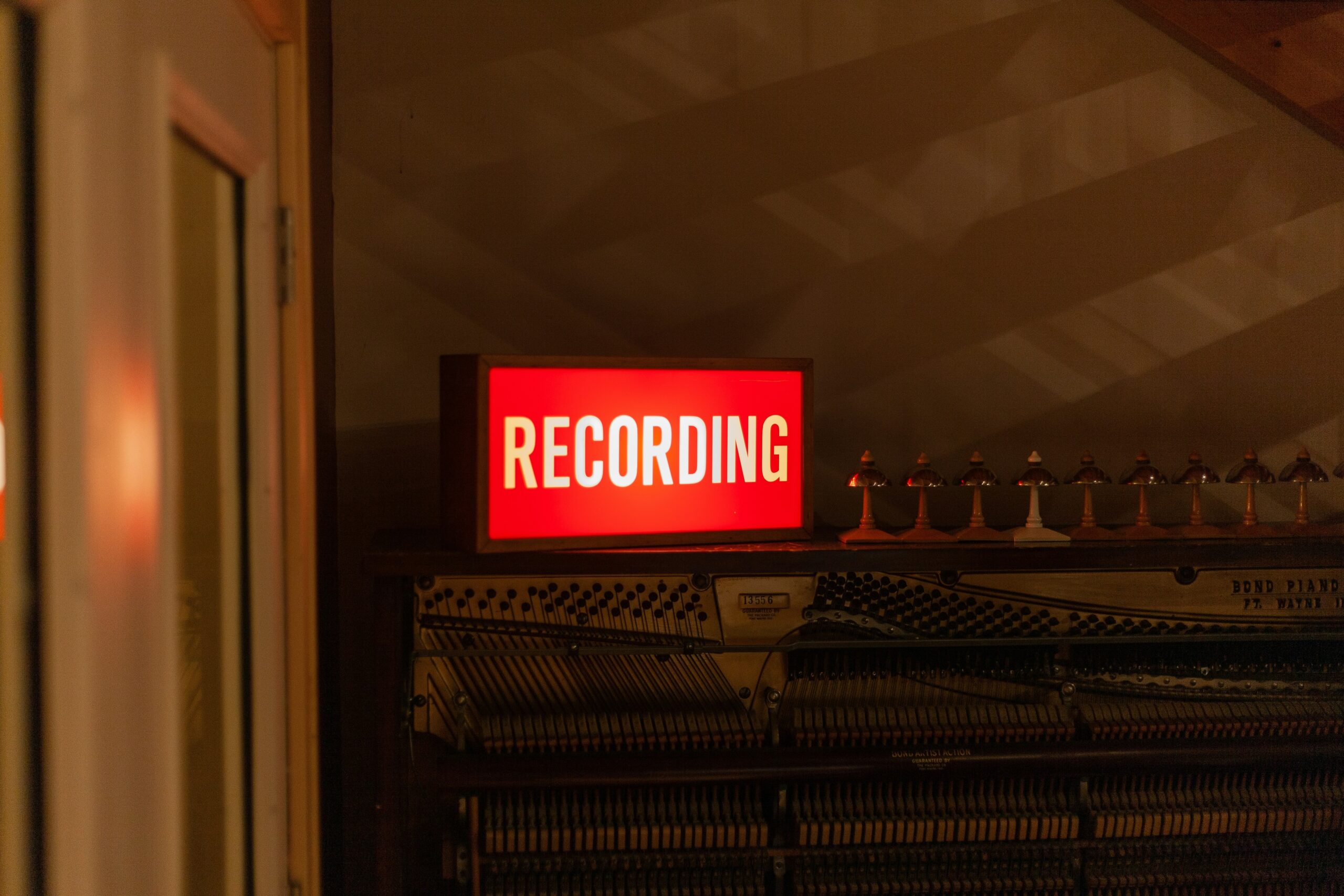You’re recording calls for quality assurance, training, or even marketing—but are you breaking the law while doing it? If you’re nodding along, thinking, “I didn’t know there *was* a law,” don’t panic. Let’s talk about call recording compliance.
In this article, we’ll explore why businesses can’t afford to ignore call recording compliance, what’s at stake if you do (spoiler: fines, lawsuits, reputation damage), and how to master it without losing sleep—or your sanity. You’ll also get actionable tips, best practices, and real-world examples to guide you through the minefield of legal requirements.
- Jump to Key Takeaways
- The Problem with Call Recording
- How to Achieve Call Recording Compliance
- Tips for Staying Compliant
- Real-World Examples
- FAQs About Call Recording Compliance
Key Takeaways: What You Need to Know Right Now
- Call recording compliance isn’t optional—it’s mandatory in most regions.
- Penalties for non-compliance include hefty fines, lawsuits, and reputational harm.
- Best practices include clear consent policies, regular audits, and employee training.
- Tech tools like GDPR-compliant software simplify staying compliant.
Why Businesses Are Losing Sleep Over Call Recording Compliance
Picture this: A customer calls in, irate after their latest tech issue. You hit “record” on the call to track resolution steps… but did you get their permission first? Oops. That tiny oversight could land your company in hot water with regulators, customers, or both.

Here’s the brutal truth: Laws around call recording vary wildly by region. For instance:
- In the U.S., one-party consent rules apply in some states, while two-party consent is required in others.
- The EU’s GDPR mandates explicit user consent before any data collection—including recorded calls.
- Australia has its own Privacy Act requiring transparency and opt-in mechanisms.
If that sounds complicated, it is. Non-compliance doesn’t just mean slap-on-the-wrist fines; penalties can reach six figures per violation. And trust me, no one wants an angry regulator knocking on their door.
Step-by-Step Guide to Mastering Call Recording Compliance
Let’s break this down into manageable steps so you don’t feel overwhelmed:
Step 1: Understand Your Jurisdiction’s Rules
First things first—what laws apply where your business operates? Research state-specific regulations in the U.S. or dig into international guidelines if you serve global clients. Resources like IAPP (International Association of Privacy Professionals) can help.
Step 2: Get Explicit Consent
This isn’t rocket science: Tell callers upfront they’re being recorded and why. Use language like:
“This call may be recorded for quality assurance purposes.”
Better yet, implement an automated voice prompt confirming consent before proceeding.
Step 3: Audit Your Processes Regularly
Compliance isn’t a set-it-and-forget-it deal. Schedule quarterly reviews to ensure all systems align with current regulations. It’s annoying but necessary—like cleaning out your inbox every Monday morning.
Step 4: Train Employees Thoroughly
Poorly trained staff = ticking time bomb. Make sure everyone handling calls understands compliance protocols inside out. Bonus points if you gamify learning with quizzes or incentives.

Pro Tips for Navigating Call Recording Compliance Like a Pro
- Avoid Over-Customization: Stick to standard consent scripts provided by legal experts instead of getting too creative.
- Invest in Tech: Tools like RingCentral, Zoom, and Zendesk offer built-in compliance features.
- Create Transparency Reports: Share anonymized insights with stakeholders to show accountability.
- Document Everything: From consent logs to audit trails, keep meticulous records.
Grumpy You: “But documenting everything sounds tedious!”
Optimist You: “Think of it as future-proofing against lawsuits.”
When Businesses Got It Wrong—and How You Can Learn From Them
Remember WhatsApp’s GDPR fine back in 2021? They were slapped with $267 million for failing to disclose how user data was shared. While not directly related to call recording, the lesson holds: Ignoring compliance costs big.
On the flip side, companies like Dropbox nailed compliance by adopting transparent communication strategies. Their proactive approach earned loyalty from privacy-conscious users worldwide.
Frequently Asked Questions About Call Recording Compliance
Do I Need Consent Every Time I Record a Call?
Yes, unless local laws allow implied consent. Don’t wing it here; always err on the side of caution.
Can I Record Customer Calls Without Telling Them?
Nope. Even if legally permissible, sneaky behavior damages trust and brand reputation.
What Happens If I Ignore Compliance?
Fines, lawsuits, and angry customers. Oh, and did we mention fines?
Conclusion
Call recording compliance might seem like another bureaucratic hurdle, but it’s actually your secret weapon for building trust, avoiding costly penalties, and staying ahead in the competitive landscape of business phone features.
To recap:
- Research and understand applicable laws.
- Implement robust consent processes.
- Train your team and audit regularly.
- Leverage tech tools designed for compliance.
Like a well-tuned dial tone, these efforts will harmonize seamlessly with your operations.
Tamagotchi Lesson: Just like feeding your virtual pet daily, maintaining compliance requires consistent care. Neglect either, and you’ll face consequences far worse than pixelated disappointment.


